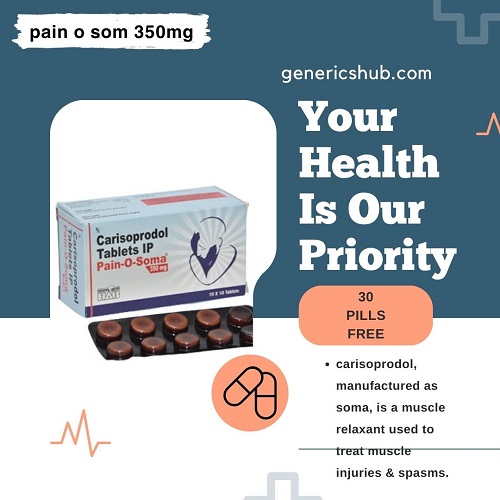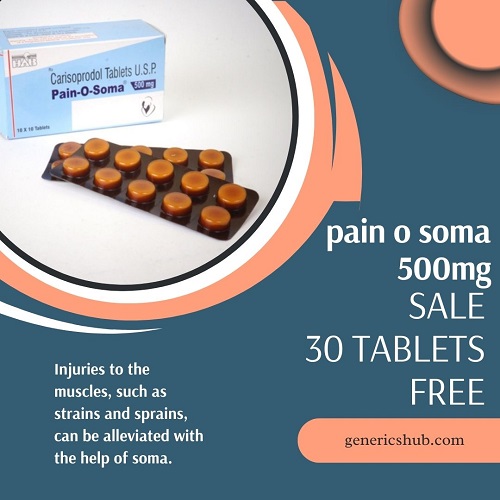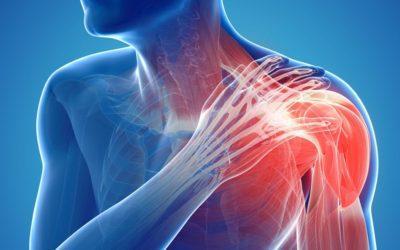Introduction
In today’s fast-paced world, sore muscles and joint pain are common complaints among individuals of all ages. Whether it’s due to intense physical activity, underlying health conditions, or simply the wear and tear of everyday life, dealing with discomfort in muscles and joints can significantly impact one’s quality of life. However, understanding the root causes of soreness and implementing effective management strategies can help alleviate symptoms and improve overall well-being.
What Causes Sore Muscles and Joint Pain?
Physical Activity and Overexertion

Engaging in strenuous physical activities such as exercise or manual labor can lead to muscle soreness and joint pain. When muscles are subjected to unfamiliar or intense movements, microscopic damage occurs within the muscle fibers, resulting in soreness and stiffness. Similarly, repetitive motions or overexertion can strain joints, causing inflammation and discomfort.
Aging and Degenerative Conditions
As we age, our bodies undergo natural changes that can contribute to muscle and joint issues. Cartilage, the cushioning tissue between bones, tends to wear down over time, leading to conditions like osteoarthritis. Additionally, decreased muscle mass and flexibility can exacerbate pain and stiffness, making daily activities more challenging.
Injury and Trauma
Accidents, falls, and sports-related injuries can cause acute muscle and joint pain. Trauma to the affected area may result in inflammation, swelling, and restricted movement. Proper diagnosis and treatment are crucial for preventing long-term complications and facilitating recovery.
Managing Sore Muscles and Joint Pain
Rest and Recovery
Allowing adequate time for rest and recovery is essential for healing sore muscles and joints. Resting allows the body to repair damaged tissues and reduce inflammation. However, complete immobilization may not be necessary; gentle stretching and low-impact activities like walking or swimming can promote circulation and alleviate stiffness.

Pain Relief Techniques
Various pain relief techniques can provide temporary relief from soreness and discomfort. Over-the-counter pain medications such as ibuprofen or acetaminophen can help reduce inflammation and alleviate pain. Additionally, topical treatments like menthol creams or heating pads can soothe sore muscles and improve flexibility.
Physical Therapy and Exercise
Engaging in physical therapy exercises tailored to strengthen muscles and improve joint mobility can enhance overall function and reduce pain. A qualified physical therapist can design a customized treatment plan to address specific needs and goals. Incorporating regular exercise into your routine, such as strength training and flexibility exercises, can also help prevent future injuries and promote long-term joint health.
Lifestyle Modifications
Making lifestyle modifications can play a significant role in managing sore muscles and joint pain. Maintaining a healthy weight reduces unnecessary stress on joints, while proper nutrition provides essential nutrients for tissue repair and regeneration. Additionally, avoiding repetitive movements or activities that exacerbate symptoms can help prevent further injury.
When to Seek Medical Attention
While mild muscle soreness and joint pain are often manageable with self-care measures, certain symptoms may indicate a more serious underlying condition. If you experience persistent or severe pain, swelling, redness, or difficulty moving a joint, it’s essential to consult a healthcare professional for proper evaluation and treatment. Ignoring these warning signs can lead to further complications and long-term damage.
Conclusion
Understanding the factors contributing to sore muscles and joint pain is the first step toward effective management and improved quality of life. By implementing a combination of rest, pain relief techniques, physical therapy, and lifestyle modifications, individuals can alleviate discomfort, prevent future injuries, and maintain optimal musculoskeletal health. Remember, listening to your body and seeking timely medical attention when needed are key to staying active and pain-free.



